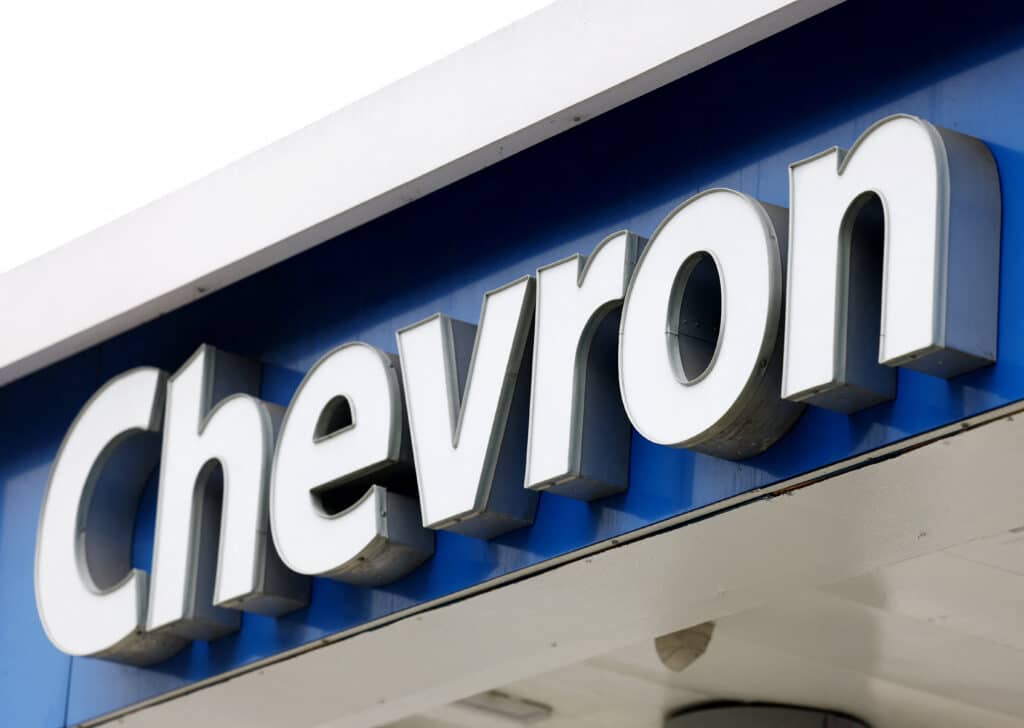
Nicosia, Cyprus — Cyprus said Monday an updated $4 billion proposal by US energy giant Chevron and partners to develop the Aphrodite gas field was a “move in the right direction” after a protracted dispute.
Israeli firm New Med Energy, a partner in the offshore natural gas field alongside Chevron and Shell, announced Sunday that a revision to a 2019 plan for Aphrodite had been submitted to the Cyprus government.
READ: Chevron to buy Hess for $53B in latest oil mega-merger
President Nikos Christodoulides told reporters Monday that “a specific proposal has been made. What I can tell you from the initial study, which is under evaluation, is that it is moving in the right direction.”
“For us, the presence of Chevron, the American giant, in the Exclusive Economic Zone of the Republic of Cyprus is a vote of confidence,” he said.
“We will comprehensively evaluate the new proposal and express our position.”
Christodoulides said he would meet Chevron executives in New York when he attends the UN General Assembly later this month.
The government had rejected a previously revised plan over how to exploit an estimated 3.6 trillion cubic feet of untapped natural gas.
New Med Energy, which owns a 30 percent stake in the Aphrodite field, said the updated plan incorporates instructions from the Cyprus government for the production and processing of natural gas from the reservoir.
A New Med statement said a floating facility with an estimated maximum production of about 800 million cubic feet per day would be positioned above the Aphrodite reservoir.
“Natural gas will be exported from the floating production unit via a pipeline to the Egyptian transmission system,” it said.
Development of the field was disputed after the Chevron-led consortium submitted a modified plan, which Cyprus said reneged on a 2019 development plan agreed by all sides.
That initial plan was prepared by Noble Energy, an independent operator Chevron acquired in October 2020.
The Aphrodite gas field off Cyprus in the eastern Mediterranean was discovered in 2011 and declared commercially exploitable from 2014-2015.

